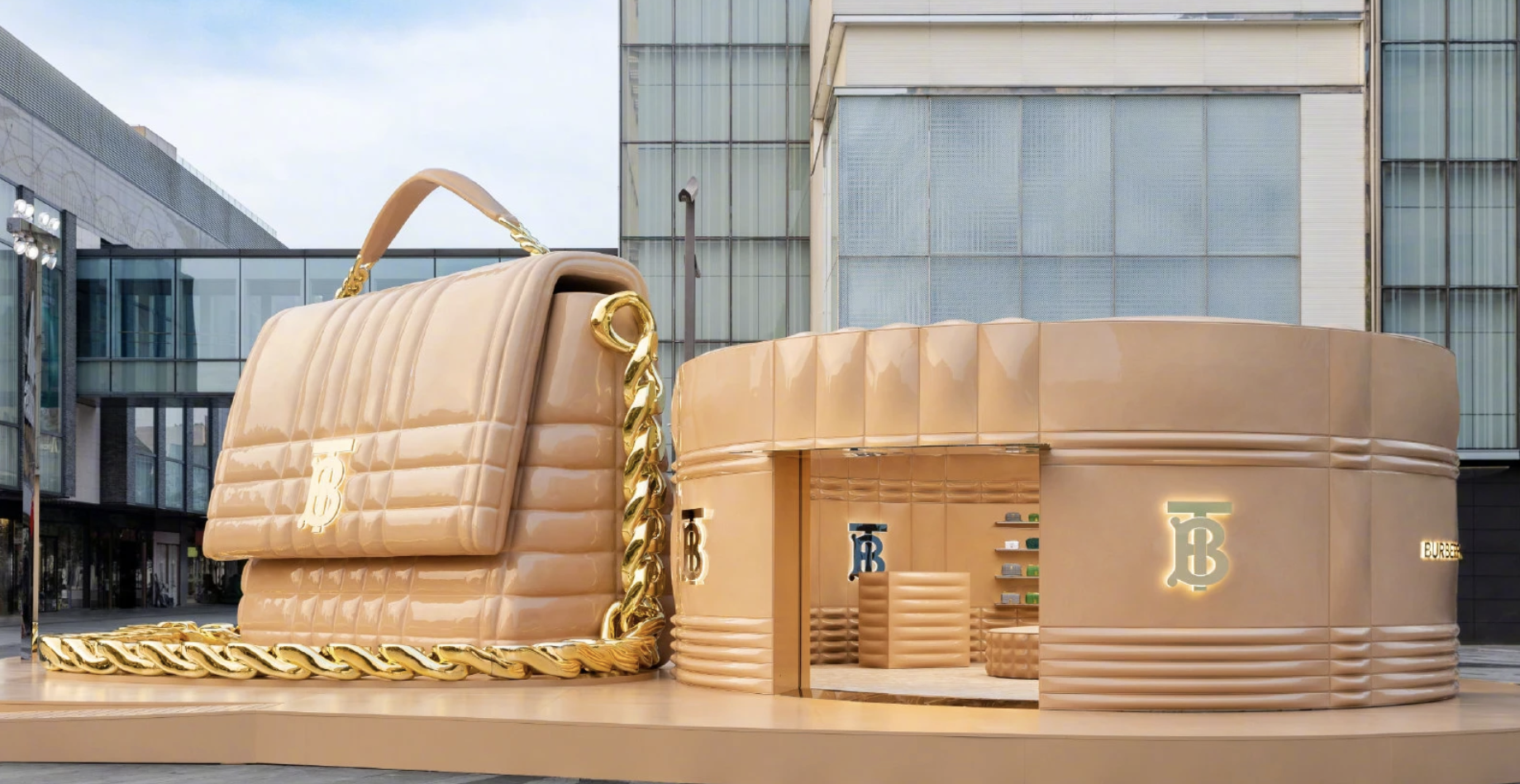Pop-Ups for the APAC Consumer
Megan Hotson
10/13/22

It is important that brands keep their fingers on the pulse of the behaviours and trends of the increasingly dominant Asian market. In doing so, retail experiences can be tailored to reflect cultural nuances across the globe.
Brand activations are a key way to boost brand visibility or awareness – so there is a need to hone in an approach which is contextual and integrated to capture the minds of the APAC consumer.
The activity we see from brands in Europe is distinctly different from that in Asia. This is because of the expectations of consumers globally. Asia’s consumers are digitally native, they generally have a higher disposable income, and as a result demand not just a personal, but one-of-a-kind interaction with their favourite brands.
European brands entering Asian markets must foster a local sense of brand belonging that inspires loyalty among consumers.
Burberry 'Land of Giants' Lola Pop-Up Installation, Hangzhou City China

Hangzhou city is known for being key producers of Silk in Asia. With its rich natural scenery and rich cultural heritage, the arrival of Burberry’s ‘Land of Giants’ pop-up feels like a rude juxtaposition to the expected landscape.
However – this pop-up speaks to the premium, luxurious feel of Hangzhou’s decorative silk with the shiny, deluxe appearance of the giant Burberry Bag.
As well as this, the city is known for showcasing luxury brands and their latest collections – consumers enjoy, as well as expect the fast-paced and high-end nature of luxury fashions and goods.
The younger APAC consumer craves experience, not just ‘things’. Burberry’s pop-up is well placed as a result, as its appearance is unique – with oversized fittings and playful design, making it immersive and shareable for this new generation of APAC consumers.
Ralph Lauren Polo Earth Pop-Up, Sanya, Hainan

Ralph Lauren’s recent purpose-driven pop-up in Sanya showcased Polo Earth’s sustainability initiatives. The timber and plant filled space featured a range of meaningful touchpoints – from an ingredient focused edutainment via a ‘storytelling dummy’ to a digital sustainability pledge at ‘The Giving Tree’ where eco-friendly gifts are handed out.
The brand is aligning their latest activation in Sanya with the eco-sentiments of their APAC consumers. According to the Wunderman Thompson Commerce’s Future Shopper Report - APAC consumers are spearheading a desire across the globe in terms of their expectations for brands, in terms of sustainability.
When asked if they actively choose brands that appear more environmentally responsible - Chinese consumers were fifth globally at 71%. The biophilic design running throughout the pop-up with moss and living plant walls being one element of this – leans into this preference and demand to affiliate with brands that feel greener.
The immersive, and interactive touch points part of the Polo Earth customer journey also resonates with the APAC consumer. Aadit Bimbhet, regional commerce director at Wunderman Thompson APAC, reinforced this in the 2022 report: “Consumers expect to engage with brands across multiple touch-points and brands have to start enabling connected commerce experiences to efficiently acquire and retain shoppers...”
Too takeaways:
- Deriving deeper and more accurate audience insights based on region will allow brands to tailor their activations for a specific region. It is about more than translation, but transcreation. Ensuring your concept or design makes sense in different cultural contexts.
- The new mantra for APAC consumers is not about things, it is about experiences – shareable ones. How can your brand step out of the box, to create a visually exciting experience that will immerse, and engage those who visit.
- Macro-trends look different for every consumer across the globe. Brands must consider how sustainability for example is interpreted by individual cultures, and how this impacts their relationships with brands and the spaces they create.


